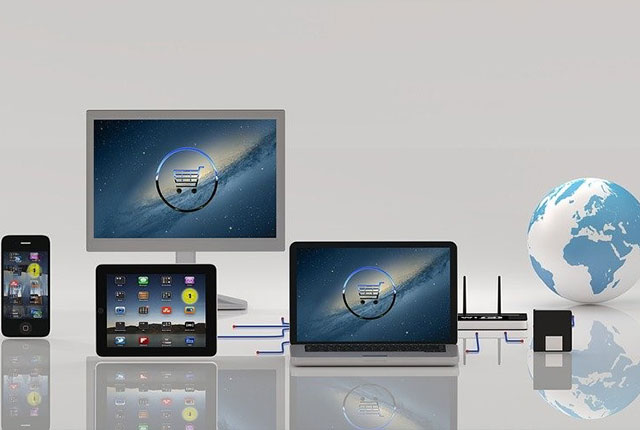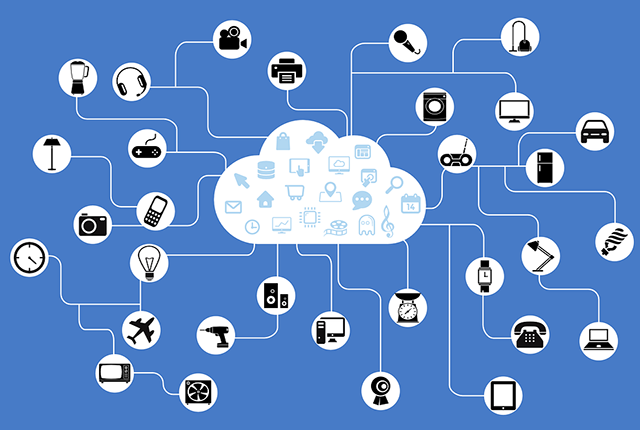How FinTech is Revamping the Insurance Sector
12 November 2020
The insurance industry has always been a complicated medium
for customers to fully grasp its functionality, so in the age of fast and intuitive
financial technology platforms, InsurTech (insurance technology) is a rising
concept that aims to become more user-friendly in terms of communicating its
services to an increasingly tech-savvy population.
Built on the exponentially rising popularity of the FinTech
industry around the world, tech-enabled insurance products & services translate
into many advantages for customers and businesses alike. Faster, easier and
more efficient claims processes and policy pricing are just the tip of the
iceberg for InsurTech, and the insurance ecosystem is bound to change for the
better when it comes to consumers.
The industry serves many other market sectors, and today
they are using technology in a variety of ways to facilitate all insurance
aspects of their businesses. Automotive insurers for example are using
telematics devices that can automatically detect accidents as they happen, as
well as assessing damages and the severity of the impact, in addition to
notifying the relevant authorities in order for them to dispatch emergency
services at the accident location, such as tow trucks or ambulances. In turn,
the concerned insurance firm can utilize this data for faster and more accurate
claims processing, resulting in an overall quicker process and better
satisfaction for customers.
In the emerging Internet of Things (IoT) industry, Insurance
companies are also establishing partnerships with innovative technology
entities to offer security devices that feature IoT functionalities, such as
video doorbells, smoke alarms, and theft-detection instruments. Another example
is the popular use of drones for performing human tasks that don’t necessarily
need humans to do them; insurers employ drones to remotely assess damage claims
on real estate properties instead of sending an agent to do that task, for a
seamless process of payments.
Health insurers are also aboard the tech hype train, where some
leading companies are encouraging their customers to provide them with
real-time feedback on their health and wellbeing through wearable devices such
as smart watches and Fitbits. And accordingly, those insurers provide customers
with incentives to convince them of this emerging trend, like offering
discounts, cash-back offers, coupons and more.
Ultimately, all these examples serve the main purpose of
faster insurance payments as well as claims validation and processing,
resulting in a much clearer and more efficient insurance process.
As we dive deeper into the neo-digital age, new technologies
like augmented reality (AR) and virtual reality (VR) are also being used in the
unlikely sector of insurance. Auto insurance companies use AR displays to
communicate the dangers of driving by simulating car crashes, as well as for educating
customers on damage estimation and even insurance plan walkthroughs. Health
insurance entities use AR to turn the banality of choosing retirement benefit plans
into a fun and exciting activity.
related articles

How IoT is Infiltrating FinTech Payments

Bridging the Digital Divide with APIs

The Impact of IoT on FinTech & Banking

How Digital Innovation can Transform the Future of Banks

How FinTech is Changing the Finance Industry.

Singapore FinTech Festival 2019: A Meeting of the Minds

Central Bank of Egypt Holds Third Roundtable Discussion for FinTech in Egypt
.jpg)
Egypt’s First Artificial Intelligence Faculty launched at Kafr El Sheikh University


 0
0
 4.2k
4.2k 



Comments